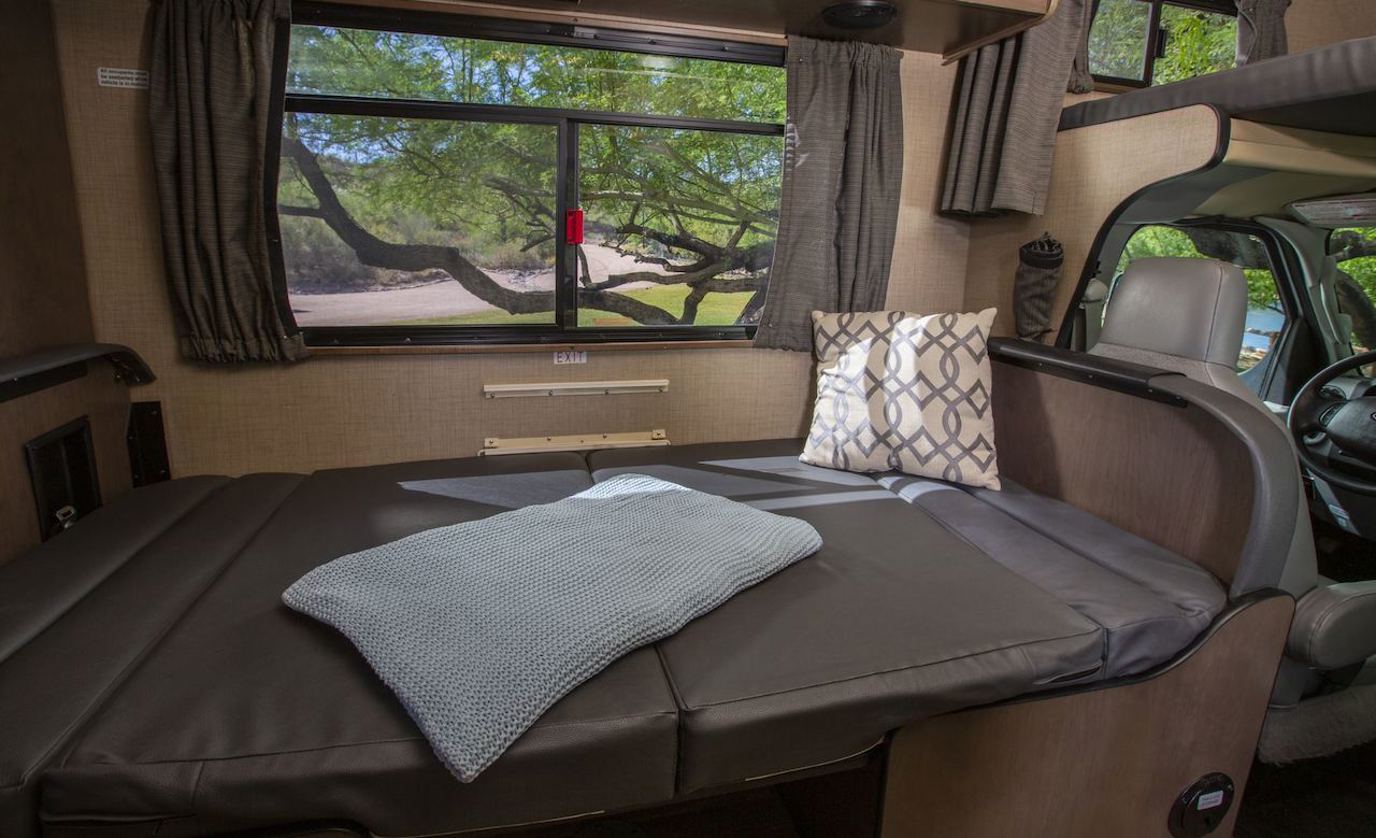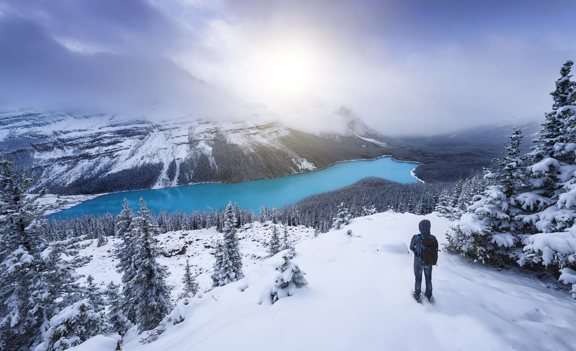
There are many, many things to love about RV living: the flexibility, getting to explore so many exciting places in a unique, comfortable way, meeting like-minded people…we could go on and on!
In today’s world of colorful, picture-perfect social media content, however, living in an RV often gets romanticized. The truth is, for all of its amazing benefits, RV living also takes a lot of work, as well as some compromise and sacrifice. Whether you’ve already begun the RV life or you’re still considering renting an RV for the first time, here are some of the less-than-glamorous things you may not know about RV living.
7 Little-known Things About RV Living
These seven things you may not know about RV living are not meant to deter you from this amazing way of life. Rather, we want you to be in the know and feel prepared for any challenges you may encounter.
1. Google Maps wasn’t designed for RVs
It’s a convenient tool most of us use regularly, but if you rely on it too heavily while in your RV, you may find yourself in sticky situations. The app often suggests “shortcuts” that would be perfectly fine for a small vehicle but involve dirt roads or spots way too narrow for RVs. Google Maps also doesn’t notify you of long stretches of road where you may not see a gas station for 300 miles (not at all uncommon in places like Alaska, Texas, Wyoming, and Montana).
There are a number of tools geared specifically toward RV living, including RV Life Trip Wizard, which is so customizable that it even takes into account your RV’s height and weight when finding the best route.
2. Finding a campsite isn’t always easy
As more and more people increasingly discover their love for camping and RV living, campsite availability has become a big problem. Many campgrounds have moved from being first-come, first-served to requiring reservations, and it’s not uncommon for them to book out several months in advance.
Campsite availability has become a problem even in the boondocking world. Word gets out about the best sites, and it’s no longer as simple as pulling up and staking your claim, especially on weekends and popular travel times.
Because of this, we recommend planning out your trip as far in advance as possible. On nights when you’re not sure where you want to camp, have a few backups in case your preferred spot isn’t available. And always have about $40 in cash, including small change, for sites that only accept cash payments.
3. Campsites often come with hidden fees
Sticking with the campsite theme, many folks new to living in an RV are surprised to learn about all the different fees. Just because you pay to spend the night doesn’t necessarily mean you’ll get access to free showers, laundry, or Wi-Fi. While many sites do include these amenities, some do not.
4. RV ovens tend to be so-so at best
Even in the nicest, highest-end rigs, most RV ovens run on propane. The flame typically comes only from the bottom — not the best for even distribution. A simple workaround is to get a basic pizza stone and place it on the bottom rack, as close to the heat source as possible. It absorbs the direct heat, then distributes the heat around the oven more evenly.
5. Many RVs have secret storage compartments
One of the major adjustments associated with RV living is the lack of storage space. If you think outside the box, however, you’ll likely find some hidden storage in your RV. Look behind and under seats and seat cushions, under the mattress, and behind the TV, if you have one. Consider using these spaces to store emergency supplies or items you don’t often need, like out-of-season clothing or outdoor “toys” such as snow gear or inflatable kayaks.
6. Bugs, rodents, and other unwanted critters come with the territory
Regardless of how clean you keep your RV, critters can get in through the tiniest cracks or holes or even run through open windows or doors when you don’t realize it. Accept that it’s simply part of RV living and take some preventive measures to mitigate it. You can regularly spray door and window frames, use foam caulking to seal any noticeable holes or cracks, and set up mouse traps to keep unwanted critters away.
7. Things WILL break
There are very literally a lot of moving parts in RVs, which means things are going to shake, rattle, bend, clank together, and eventually, break. This is a routine occurrence in homes, so it should come as no surprise that it’s even more common when you’re living in an RV.
Like with critter prevention, the best way to prepare for this is to keep up with preventive, routine maintenance and make sure you have a good stash of both tools and emergency supplies on board. Do a thorough inspection once a month and before any long drives, checking electrical, plumbing, cabinets, and anything else prone to breaking.
Test Out RV Living With Cruise America
We hope learning about the not-so-pretty sides of RV living makes you feel more prepared and empowered. Knowing what you’re getting into can help your trips go more smoothly and allow you to enjoy the best aspects of life on the road even more!
If you’re trying to decide if living in an RV is truly for you, consider renting one from Cruise America for a test run. We have several models to choose from and nearly 130 convenient pickup locations in North America, making it hassle-free!





